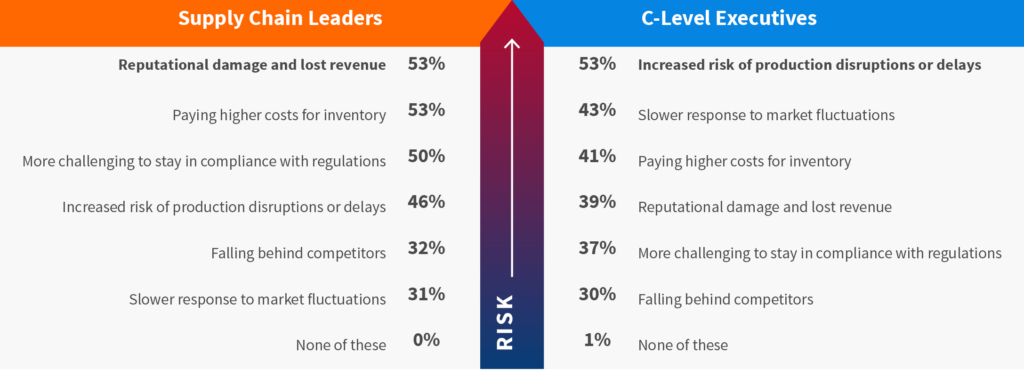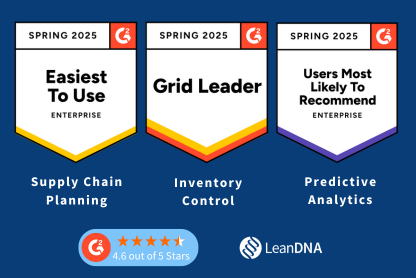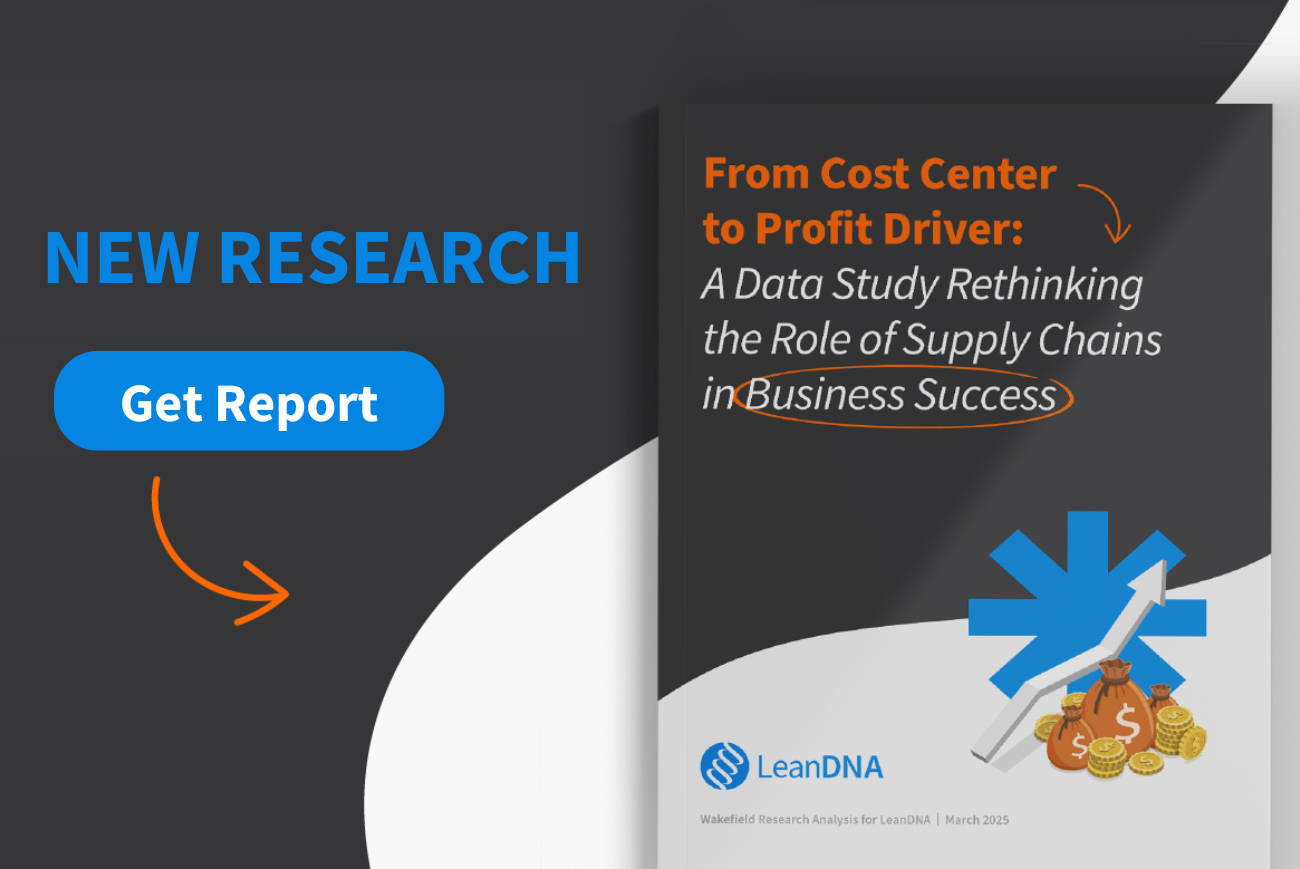Manufacturers today face an unpredictable landscape, supply chain disruptions can quickly escalate into costly challenges, tying up cash in excess inventory and straining operational efficiency. During our recent webinar, Supply Chain Value Creation: Agile Inventory Management to Stay Ahead of Disruption, Darren Hill, VP of Commercial Supply Chain at Radius Aerospace shared how manufacturers can build more agile inventory strategies to mitigate risk, preserve working capital, and strengthen supplier relationships.
The Growing Role of Supply Chain as a Value Creator
Supply chain is no longer just a cost center—it’s a strategic function that drives business success. As Darren Hill put it,
“When leadership pushes on getting costs down, that’s your opportunity to talk about your value and show them the data.”
However, many supply chain leaders struggle to effectively communicate their impact to the C-suite. Our recent industry study in partnership with Wakefield Research revealed that 81% of companies have yet to fully synchronize their supply chains, and slow digital transformation is leading to lost revenue. Traditional ERP systems, designed primarily for accounting, are not built to provide the real-time insights supply chain teams need to act proactively.
The Cost of Slow Reaction Time
One of the biggest challenges manufacturers face is the impact of slow reaction times. Delayed responses to demand fluctuations and supply disruptions erode customer trust, increase operational costs, and strain supplier relationships.
“Customer trust is crucial. The more agility you have, the more trust you earn. Responsiveness is everything in today’s environment.” - Darren Hill, VP of Commercial Supply Chain at Radius Aerospace
Many companies rely on weekly or even monthly MRP runs, forcing buyers and planners to manually extract and analyze data to determine priorities. Real-time access to critical insights empowers teams to take immediate action, ensuring they can respond quickly to shifting demands and supply challenges.
Greatest Risks of Delaying Supply Chain Operations

Real-Time Visibility: The Key to Proactive Decision-Making
Having access to real-time, actionable data is essential for building supply chain agility. Darren shared how Radius Aerospace uses LeanDNA to provide instant visibility into key metrics: “I keep LeanDNA pulled up in leadership meetings so I can answer questions on the spot. It helps move the conversation to where it needs to be so we can make better decisions and not waste time on topics that don’t add value.” By leveraging technology to provide real-time insights, supply chain teams can shift from reactive firefighting to proactive problem-solving.
Protecting Working Capital with Smart Inventory Actions
As Darren put it, cash is king, and inventory is essentially cash sitting on the shelf. “If you’re buying inventory you don’t need, that’s trapped cash,” Darren explained. LeanDNA helps Radius Aerospace quickly identify shortages and excess inventory, enabling the company to optimize stock levels and improve financial performance.
“The quicker I can react, the better I can manage cash. LeanDNA focuses my attention on what’s most important based on the parameters I’ve set, increasing my bandwidth and getting me out of reactive mode.”
Building a Disruption-Proof Inventory Strategy
So how can manufacturers create a more resilient supply chain? Darren highlighted three key strategies:
Strengthening Supplier Relationships: Collaboration with suppliers is critical for agility. “When it comes to suppliers, it’s a partnership,” Darren noted. “The right data enables productive communication and prevents constant back-and-forth changes.”


Leveraging AI & Automation: According to our recent data study, about half of supply chain leaders and executives anticipate a positive ROI on AI and machine learning investments within a year to two years. Automating key processes can significantly enhance decision-making speed and accuracy.
Balancing Just-in-Time & Just-in-Case Inventory: Companies need the right strategy to strike a balance between maintaining necessary inventory levels and avoiding excess stock. “Inventory actions should be prioritized to protect working capital while ensuring customer demands are met,” Darren emphasized.
Final Takeaways
Manufacturers can no longer afford to operate with slow, reactive supply chains. By embracing real-time visibility, proactive inventory actions, and strategic supplier collaboration, organizations can enhance agility, optimize cash flow, and strengthen their competitive edge. As Darren summed it up:
“Supply chain has earned a seat at the table—it’s time to leverage technology to showcase its true value.”
Interested in learning more? Watch the full webinar recording to hear more insights on transforming inventory management for a more resilient supply chain.
Ready to take the next step? Contact us to learn how LeanDNA can support your journey towards a more efficient supply chain.



